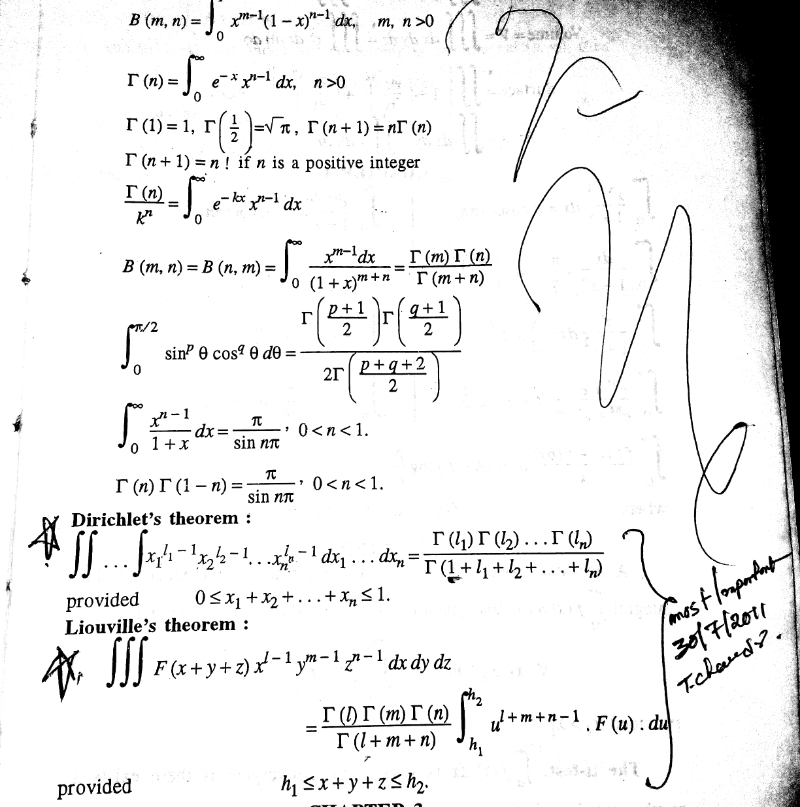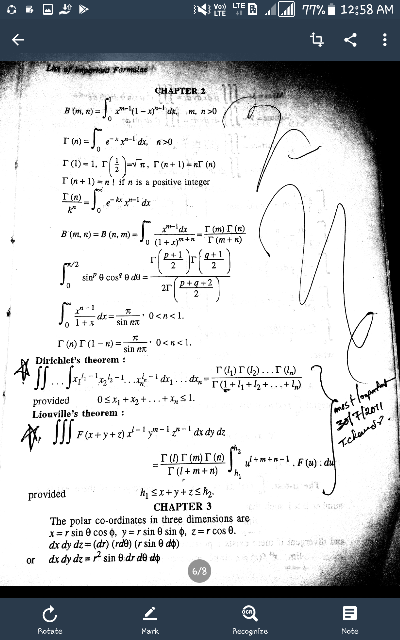
Question and Answers Forum
AllQuestion and Answers: Page 1690











Pg 1685 Pg 1686 Pg 1687 Pg 1688 Pg 1689 Pg 1690 Pg 1691 Pg 1692 Pg 1693 Pg 1694
|
Question and Answers Forum |
AllQuestion and Answers: Page 1690 |
| the 15^(th) term of an AP is 34 the sum of the 94^(th) to 100^(th) term is 2000 find the 2^(nd) term and the mean from the sixth term to the 10^(th) term if the 100^(th) term is 360. |

|

|
| find the gradient of the curve y=(1/x). |

|
| Let x_1 = 0, x_2 = 1 and x_n = (1/2)(x_(n−1) + x_(n−2) ) Show that x_n = ((2^(n−1) + (−1)^n )/(3 . 2^(n−2) )) |
| if α and β are the roots of the equation 3x^2 + (x/2) − 4= 0 find p is α−β are the roots of x^2 −px + 7 =0 |
| resolve (x^3 /(x^6 −1)) into partial fraction |
| the distance from A to B is 44km the speed of a car is 2kms^(−1) find the term hence the amount of money needed to buy fuel if for every 6km 10 l of fuel is used which causes 600 box. |
| if the sum S_4 of the first 4 terms of a G P is 24 and the sum S_6 of the first 6 terms is 30 find the first term and common ratio.. |
| prove that lim_(x→0^+ ) ln x∙ln (1+x)=lim_(x→1) ln x∙ln (1+x) |
| let S=1+2+...+2018 compute S(mod 2)+S(mod8)+S(mod2018) |
| what is the derivative of (x+3)(x^2 + 5) and find the n sequence of Σ_(r=n+1 ) ^(2n) (4r^3 −3) |
| what is the remainder when 767^(1009) is divided by 25 |
| What is the remainder when 17^(200) is divided by 18 |
| find the value of ∫_0 ^1 ln(x)ln(1+x)dx . |
| let give n natural integr not o calculate A_n = ∫_0 ^∞ (dx/(Π_(k=1) ^n (x^2 +k))) . |
| if u and v are real valued functions of x, then (d/dx)((u/v))= A. ((v(du/dx)− u(dv/dx))/u^2 ) B. ((v(du/dx)− u(dv/dx))/u^2 ) C. ((v(du/dx)−u (dv/dx))/v^2 ) D. ((u(dv/dx) − v(du/dx))/v^2 ) |

|

|

|

|

|

|

|

|
Pg 1685 Pg 1686 Pg 1687 Pg 1688 Pg 1689 Pg 1690 Pg 1691 Pg 1692 Pg 1693 Pg 1694 |